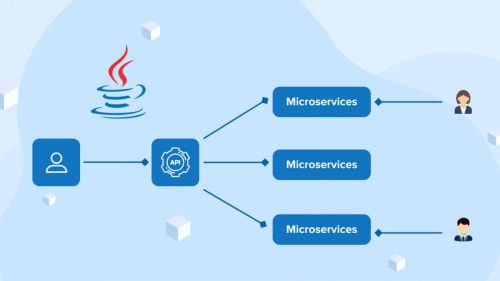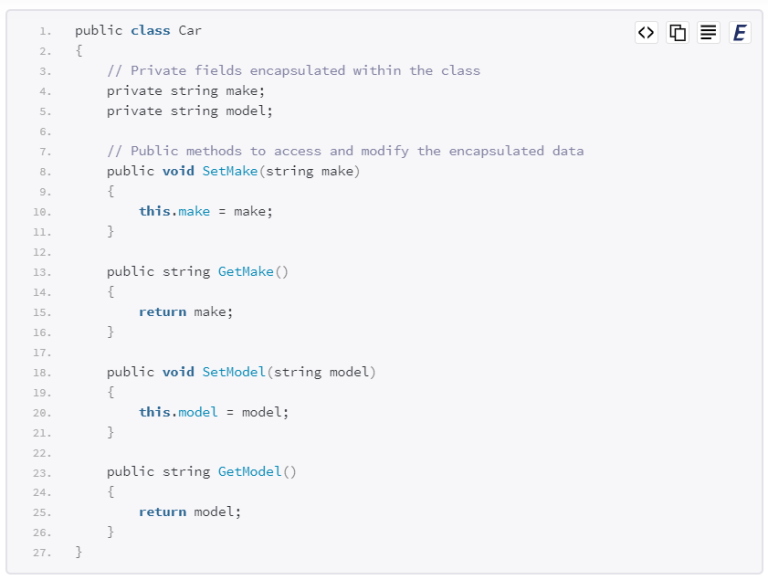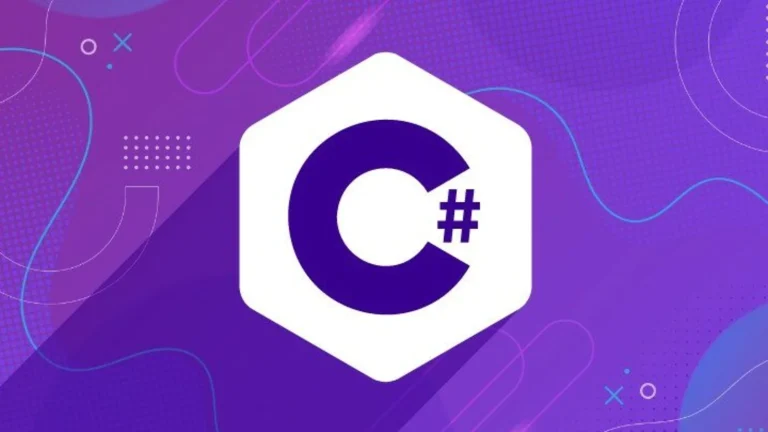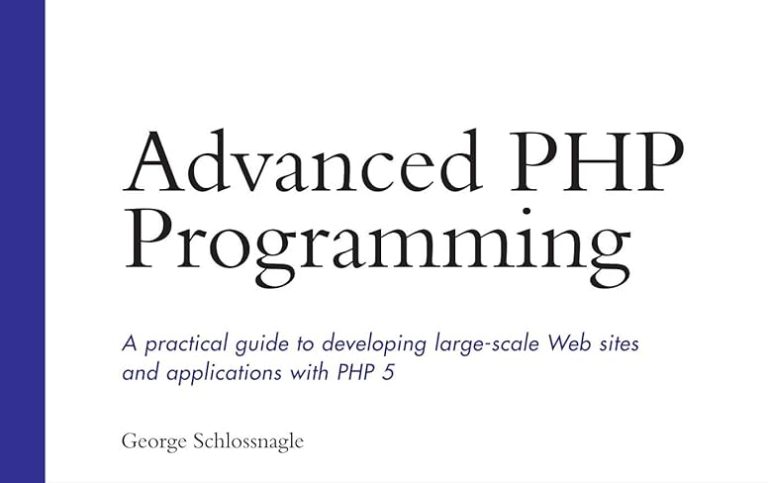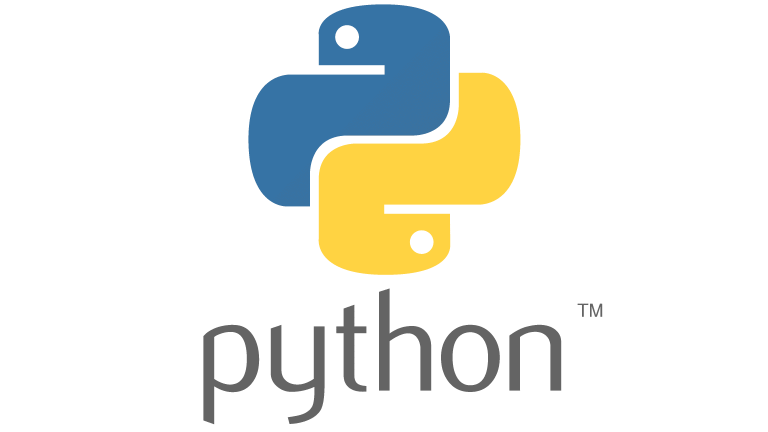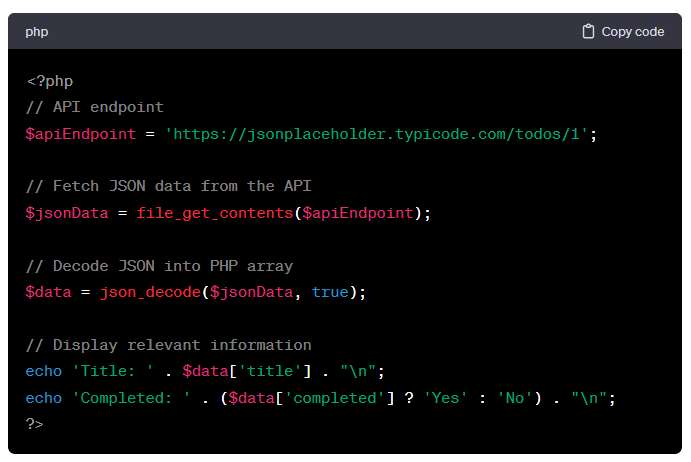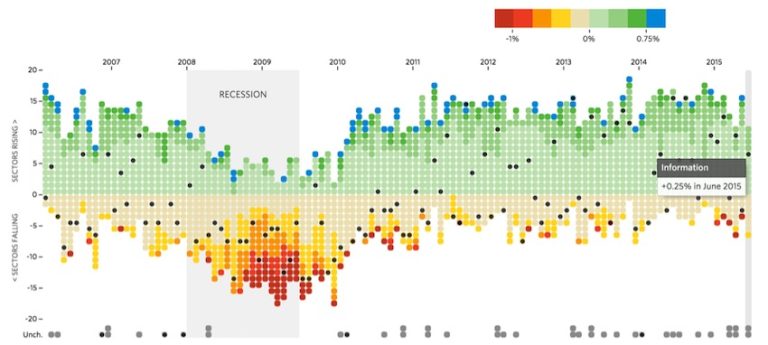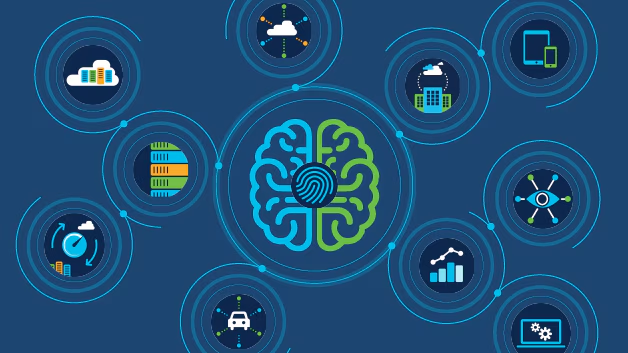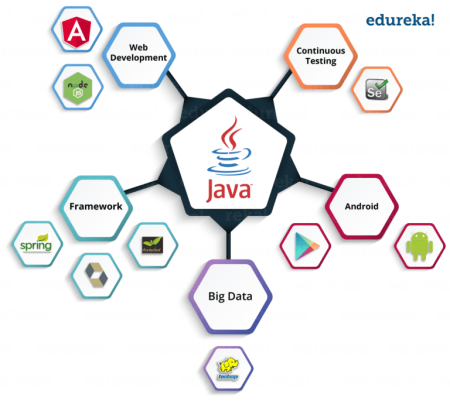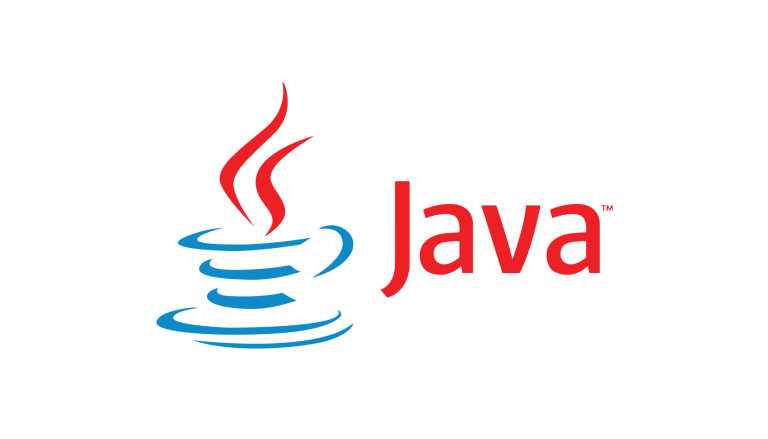Microservices in Java EE: An Overview and Sample Code
Microservices architecture has gained widespread popularity for its ability to create scalable, modular, and independently deployable services. In the Java ecosystem, Java EE (now Jakarta EE) provides a robust platform for building enterprise-level microservices. In this article, we’ll explore the principles of microservices and demonstrate how to implement a simple microservice using Java EE technologies.
Understanding Microservices
Microservices architecture involves breaking down a monolithic application into small, independently deployable services that communicate with each other over a network. Each microservice focuses on a specific business capability and can be developed, deployed, and scaled independently. This approach promotes flexibility, scalability, and ease of maintenance.
Key characteristics of microservices include:
- Modularity: Each microservice encapsulates a specific business functionality, promoting modularity and maintainability.
- Independence: Microservices operate independently, allowing for individual deployment and scaling without affecting other services.
- Decentralized Data Management: Each microservice manages its own data, reducing dependencies on a centralized database.
- Communication: Microservices communicate through well-defined APIs, often using lightweight protocols like HTTP or messaging systems.
Creating a Simple Microservice with Java EE
Let’s create a basic microservice using Java EE technologies. For simplicity, we’ll implement a “Greeting Microservice” that provides a greeting message.
Step 1: Project Setup
Create a new dynamic web project in your Java EE IDE. In this example, we’ll name it GreetingMicroservice.
Step 2: Write the GreetingService Class
Create a simple GreetingService class to handle the greeting logic. This class will have a method that returns a greeting message.
public class GreetingService {
public String getGreeting(String name) {
return "Hello, " + name + "!";
}
}Step 3: Create a RESTful Endpoint with JAX-RS
Use Java API for RESTful Web Services (JAX-RS) to create a RESTful endpoint that exposes the GreetingService. Create a class named GreetingResource.
import javax.ws.rs.GET;
import javax.ws.rs.Path;
import javax.ws.rs.PathParam;
import javax.ws.rs.core.Response;
@Path("/greeting")
public class GreetingResource {
private GreetingService greetingService = new GreetingService();
@GET
@Path("/{name}")
public Response getGreeting(@PathParam("name") String name) {
String greeting = greetingService.getGreeting(name);
return Response.ok(greeting).build();
}
}Step 4: Deploy and Run
Deploy the microservice to a Java EE application server (e.g., Apache Tomcat). Access the microservice through a URL like http://localhost:8080/GreetingMicroservice/api/greeting/{name}.
Replace {name} with a name of your choice, and the microservice will respond with a personalized greeting.
Conclusion
Java EE, with its powerful features and standards, provides a solid foundation for building microservices. In this article, we’ve explored the principles of microservices and created a simple “Greeting Microservice” using Java EE technologies.
As you delve deeper into microservices development, consider additional aspects such as service discovery, load balancing, fault tolerance, and containerization. Tools like Docker and Kubernetes complement Java EE for deploying and managing microservices in a scalable and resilient manner.
This example serves as a starting point, and in real-world scenarios, microservices architectures involve more sophisticated setups and often integrate with cloud-native technologies. Java EE, now Jakarta EE, continues to evolve in the microservices space, providing developers with a comprehensive set of tools for building robust and scalable enterprise applications.

